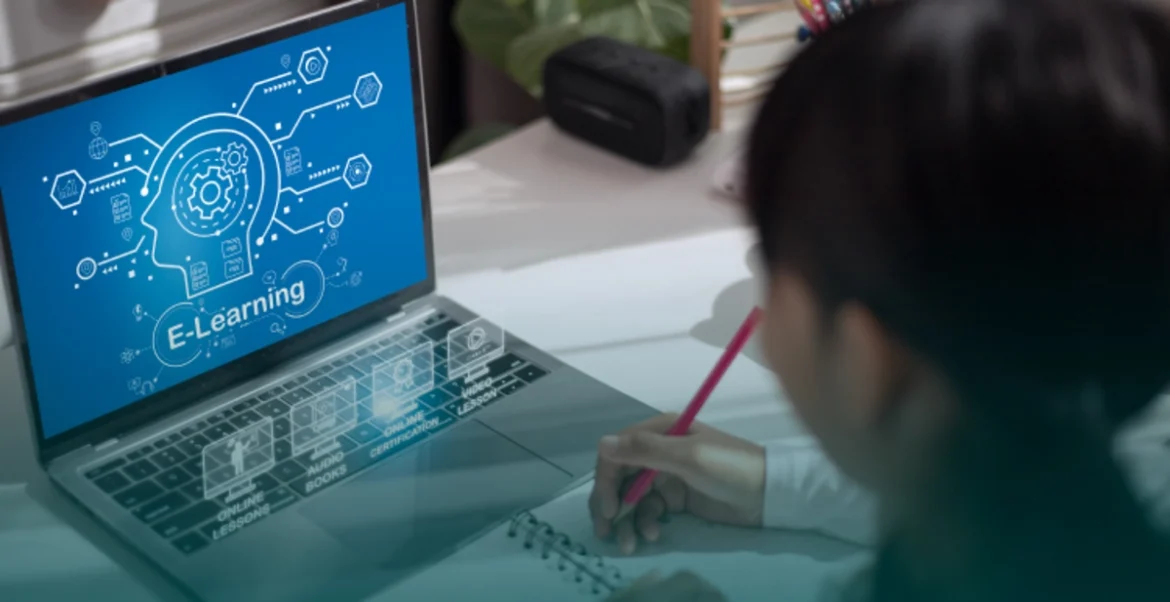Explore the transformative role of technology in education, highlighting its impact on learning experiences, access to information, collaboration, personalized education, and skill development. Understand both the benefits and challenges of integrating technology into the classroom.

1. Enhanced Learning Experiences:
Technology enriches the learning environment through interactive tools such as simulations, educational games, and multimedia presentations. These resources cater to diverse learning styles, making it easier for students to engage with and understand complex subjects.
2. Access to Information:
The internet has revolutionized the way students gather information. With access to online databases, e-books, and academic journals, learners can dive deeper into topics of interest and conduct research beyond the limitations of traditional classroom resources, fostering a culture of independent exploration.
3. Collaboration and Communication:
Digital platforms like Google Classroom, Slack, and Zoom facilitate real-time communication and collaboration among students and educators. These tools encourage group projects, peer feedback, and discussions that build essential teamwork skills, preparing students for collaborative environments in their future careers.
4. Personalized Learning:
Technology allows educators to create customized learning paths for students. With adaptive learning software and online assessments, lessons can be tailored to meet individual needs, ensuring that every student can learn at their own pace, reinforcing strengths, and addressing weaknesses effectively.
5. Skill Development:
Integrating technology into education equips students with critical 21st-century skills. From coding and data analysis to digital communication and online research, these competencies are vital in today’s job market, enabling students to navigate an increasingly tech-driven world.
Interesting Read
6. Remote Learning Opportunities:
Online education platforms have made learning more accessible than ever. Students can enroll in courses from prestigious institutions worldwide, participate in webinars, and attend virtual lectures, breaking down geographical barriers and expanding their educational horizons.
7. Assessment and Feedback:
Technology streamlines the assessment process, allowing for instant feedback through quizzes and online assignments. This immediacy helps students recognize areas for improvement and promotes a growth mindset, encouraging them to take ownership of their learning journey.
8. Challenges and Considerations:
Despite its advantages, the integration of technology in education also poses challenges. Issues such as digital distractions, unequal access to technology, and the need for digital literacy must be addressed. Striking a balance between technology and traditional teaching methods is essential to create an effective learning environment.
Conclusion
Technology has significantly reshaped education by enhancing learning experiences, providing greater access to information, and fostering collaboration. It allows for personalized learning and equips students with essential skills for the future. However, addressing challenges like digital distractions and ensuring equitable access is vital.


